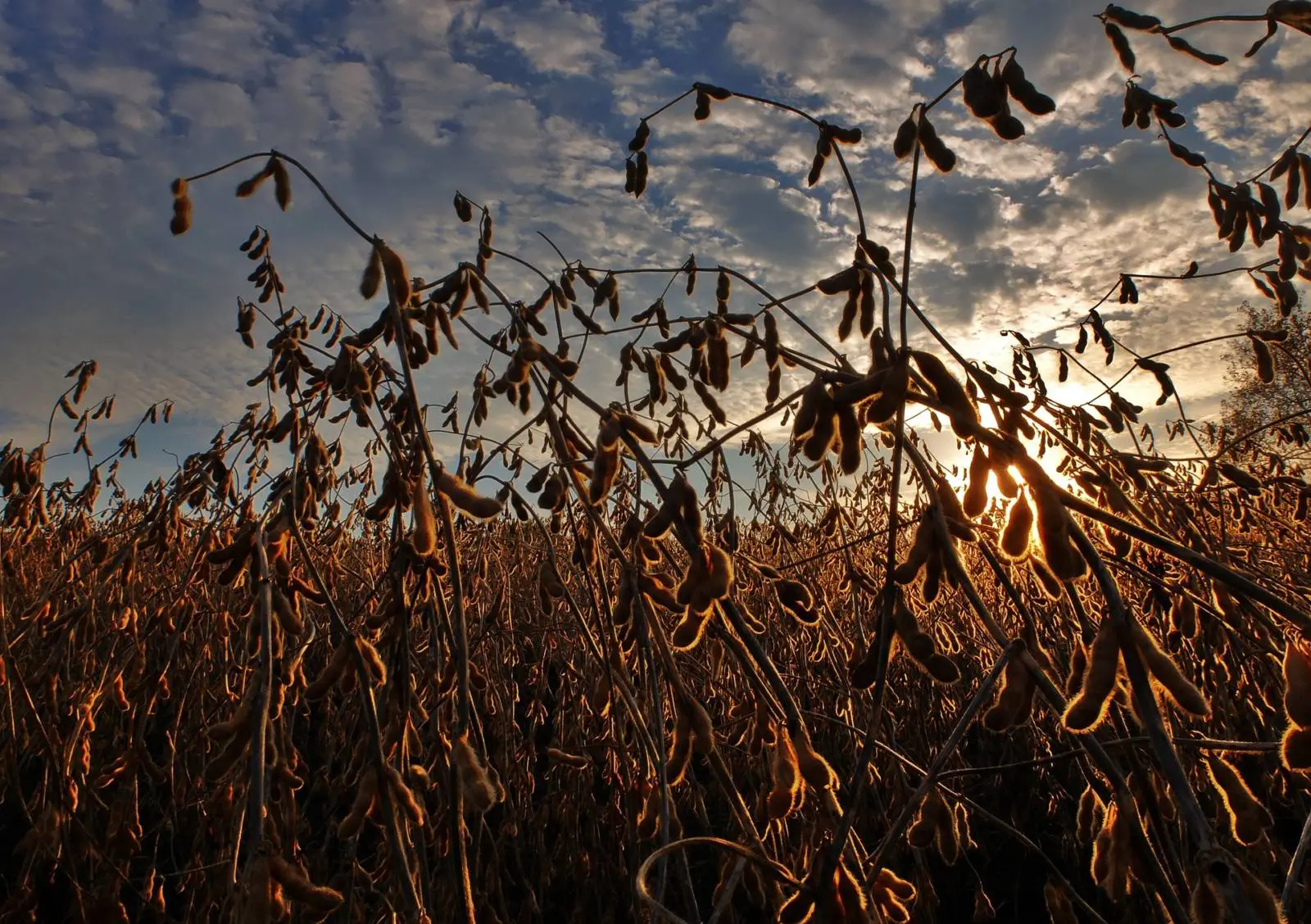Like most moms, I make decisions in my everyday life based on sustainability. To me, that means I am doing what I think is right for my family, my farm, my community and my planet, so that all of them remain healthy for future generations.
I love horseback riding and long-distance bicycling. In both cases, it’s very important that I put the right things in my body for it to thrive and remain healthy over long periods.
I think of farming in a similar way. It’s very important that the decisions my family and I make about what we do with our land be guided by sustainability. So we make choices based on our goal of having the land thrive and remain healthy over many generations.
These choices can be divided into three categories: how we use technology, how we make land-management decisions and how we participate in conservation programs.
TECHNOLOGY
Nobody likes waste, and we all know that waste is bad for the earth, bad for farms and bad for profits.
On our farm, we need fertilizer to grow corn and soybeans. And because bugs and weeds will kill and destroy our crops if we let them, we need products to combat them to make sure those crops thrive. Because of this, we use software and advanced guidance technology on all our equipment.
Tools like these help us determine the exact amounts of fertilizer and pest-management products necessary across the various parts of our fields. Just like women and men require different blends of vitamins and nutrients to remain healthy, different parts of a field require different modes of protection.
Then, using self-driving tractors with the same GPS technology you use on your smart phones, we make sure those fields get exactly what they need, not a bit more.
LAND MANAGEMENT
Soil erosion and water runoff are also bad for farms and for the environment. On our farm, we make many decisions to ensure that the soil in our fields remains there, and that the nutrients in that soil, like nitrogen and phosphorous, also remain there after heavy rains and winds.
First, because South Dakota winds are very severe, we install shelter belts, which are rows of trees at the edges of our fields. These belts provide shelter against the wind and prevent soil erosion while protecting our crops.
Another thing that controls erosion and runoff is our use of buffer strips and grassy waterways. We structure our fields so that they have these wide strips of grass and greenery between them, which act like a kidney after heavy rains, slowly catching and filtering rainwater so nutrients don’t flow downstream, while also keeping our vital topsoil where it belongs.
CONSERVATION PROGRAMS
We are blessed with abundant wetlands in South Dakota, and we believe that preserving them for butterflies, honey bees and other wildlife is crucial for our community, our farm and for the planet in general.
That’s why we participate in the U.S. Department of Agriculture’s National Resources Conservation Service and Conservation Reserve Program efforts. In these programs, government experts work with us to help us preserve our wetlands. Every decision about how to manage drainage and rain water on our property is made in consultation with these experts, who have the latest knowledge on how best to preserve these ecological treasures. These groups are an excellent resource to ensure that we continue to enhance the things we do on the farm to protect it for the future.
I am just like any other mom trying to do the right thing by recycling, reducing waste and eating right. My family and I are also trying to do the right things to farm sustainably.

